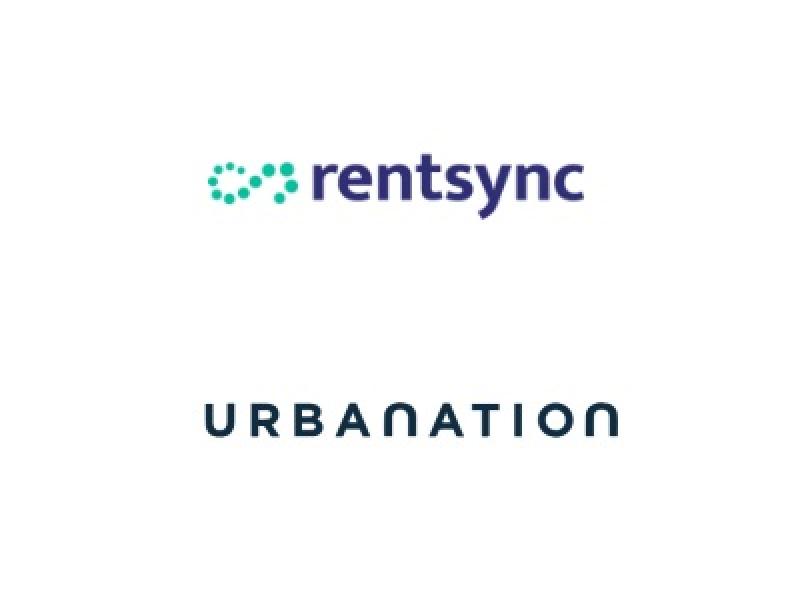I have a pretty wide range of expertise as a commercial real estate professional.
I’m not an engineer, electrician, or city planner, but I need some working knowledge in all these areas (and others) to properly advise my clients.
An issue that comes up pretty regularly in our world is dealing with easements and encroachments on properties. The terms easement and encroachment both explain the use of one person’s land by another person.
Easements are agreements which authorize the right to use someone else’s property.
Examples of everyday easements include buried utility lines on properties for natural gas or power. They are typically registered with the title of the property and often include a rough drawing of where the easement lies.
A structural encroachment is where real property hangs from one property over the property line of another landowner’s premises. This could be a result of landscaping such as trees or bushes, or elements of construction such as stairways, fences, or signage.
How to know if you’re encroaching
That’s the beautiful part, you won’t know!
OK, I’m kidding. But truthfully, encroachments are an error in identifying appropriate property lines or setback requirements before constructing something.
Encroachments surface during a real property report, or surveyor’s certificate investigation.
Both types of reporting identify structures on a property as they relate to the property boundaries and allowable setback from the municipality.
I don’t know how many times I’ve seen a certificate come back identifying encroachments on a property that the owner had no knowledge of.
The excuse “it’s been like that since I bought it” is simply not going to work if the encroachment needs to be remedied, or is impeding other development.
Most times, however, an encroachment agreement can be created by the affected landowners to manage the situation without any serious reconstruction.
Often the encroachment can be left with the understanding that if the structure encroaching is ever removed, it cannot be replaced with the same encroachment.
In extreme cases, however, this can result in demolition.
Why bother with identifying encroachments?
Because . . . they’re still technically illegal.
Barry Stuart, ICR Commercial Real Estate Managing Partner and Senior Sales Associate, and I assisted on a sale recently where encroachments played a huge role in completing the sale.
The short version of events is that it took months of negotiating with the municipality, as well as a gas company (which doesn’t even own the easement their product is now running through), to address existing encroachments.
Like so many other elements of a commercial real estate transaction, it’s easier to swallow these complications early on as opposed to later in the deal.
Don’t even get me started on how we discovered an encroachment on an easement. Ultimately, this posed a problem with an existing development permit, which triggered an issue with the lender for the mortgage.
We were granted permission, in this instance, for most of the encroachments on site to remain as is.
In the future, if for any reason the encroachments become an issue, it will be on the property owner’s penny to remedy.
In all seriousness: buyer beware
My garage, for example, is built too close to my neighbour’s property line. Bless their hearts, I’m not sure my neighbours know: I’ve certainly not told them.
Heck, I didn’t build it, it was like that when I bought it!
As we received the survey with our house sale due diligence, it was appropriately identified before we purchased the property. We chose to take our chances that it wouldn’t be an issue down the road.
The loophole is this: until the encroachment is a problem, it’s not really a problem.
Do you know where your property line is and if your commercial property is in the clear?







